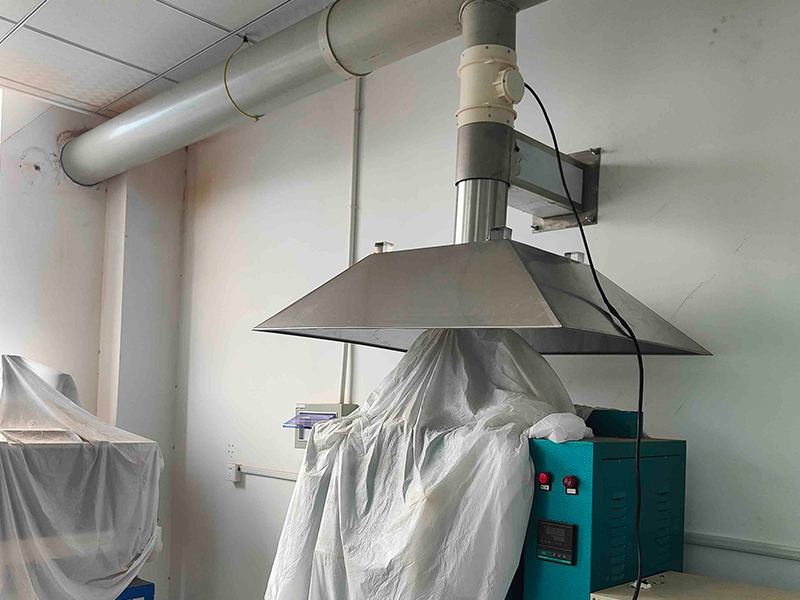Let’s be real: when you walk into a lab, you’re probably not marveling at the vents in the ceiling or the whirring fans. But honestly? That airflow is the difference between a safe workspace and your next emergency-room visit. A solid lab ventilation system isn’t just some checklist item—it’s legit life support for people working around all those sketchy chemicals.

And yeah, the grown-ups in charge (aka managers, inspectors, safety folks) obsess over this stuff, pouring over ISO codes and other big-deal international standards. Can’t really blame them. Getting the airflow right, tweaking the exhaust, and setting up filters so fine they’d catch a microbe in skinny jeans—it’s all about avoiding accidental science experiments gone wrong. Trust me, you don’t want to end up at the center of a “remember when the lab smelled like burnt eggs?” story that ends in lockdown.
The boring part? Installations and tune-ups have to follow those painstaking rules. Room layout, where your Bunsen burners sit, what weird gunk you’re using—all of that comes into play. Skip regular checks, and suddenly your fancy ventilation is about as useful as a chocolate teapot.

What’s really wild is that labs are going all sci-fi these days. Sensors everywhere, real-time data popping up on screens, the system practically running itself. Feeling paranoid about that nasty chemical leak? Now you can chill, because the ventilation can adjust on the fly and keep you breathing easy (literally). There’s no shortcut here—if you want world-class safety and to keep the rule-makers happy, you gotta grab a ventilation system that’s up to snuff with the strictest global standards.
Bottom line: smart labs invest in ventilation that’s both brainy and brawny. No half-measures. You want it clean, safe, compliant, and ready for whatever nuts experiment somebody dreams up next.


